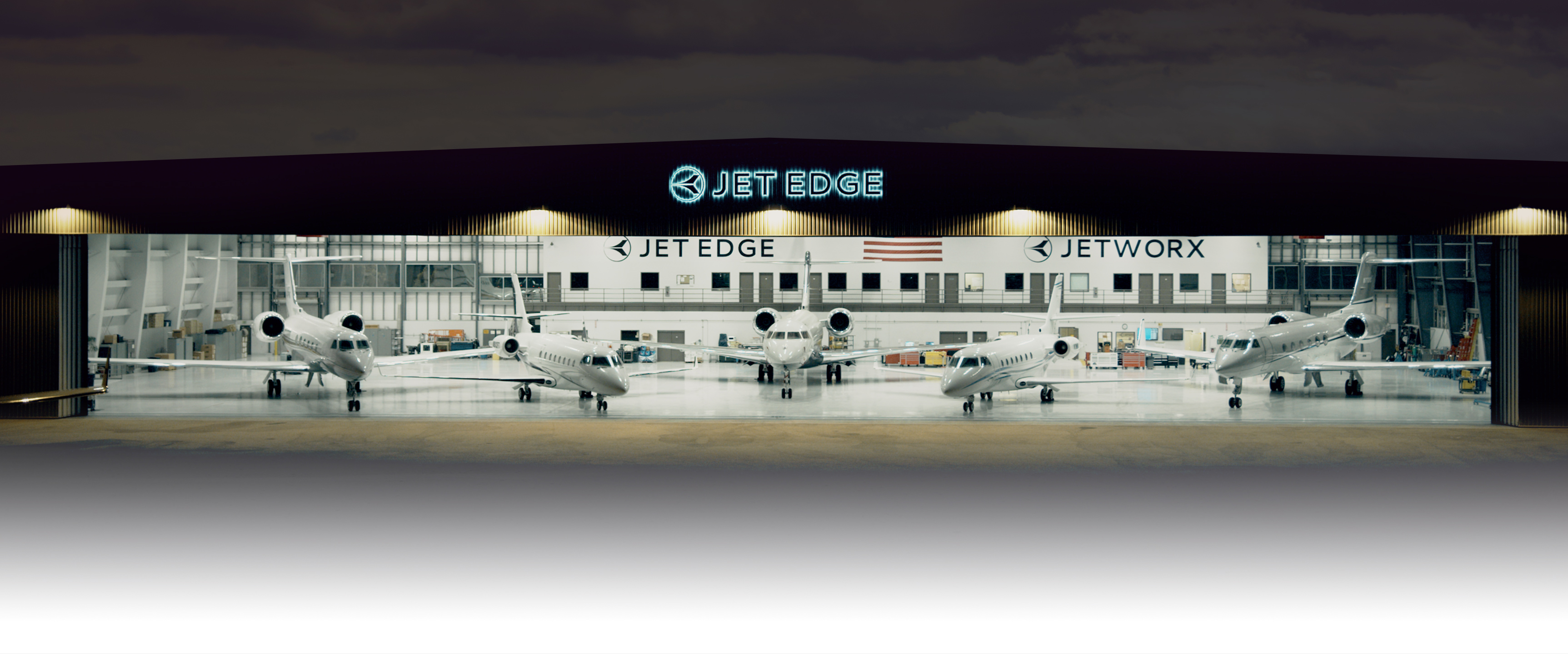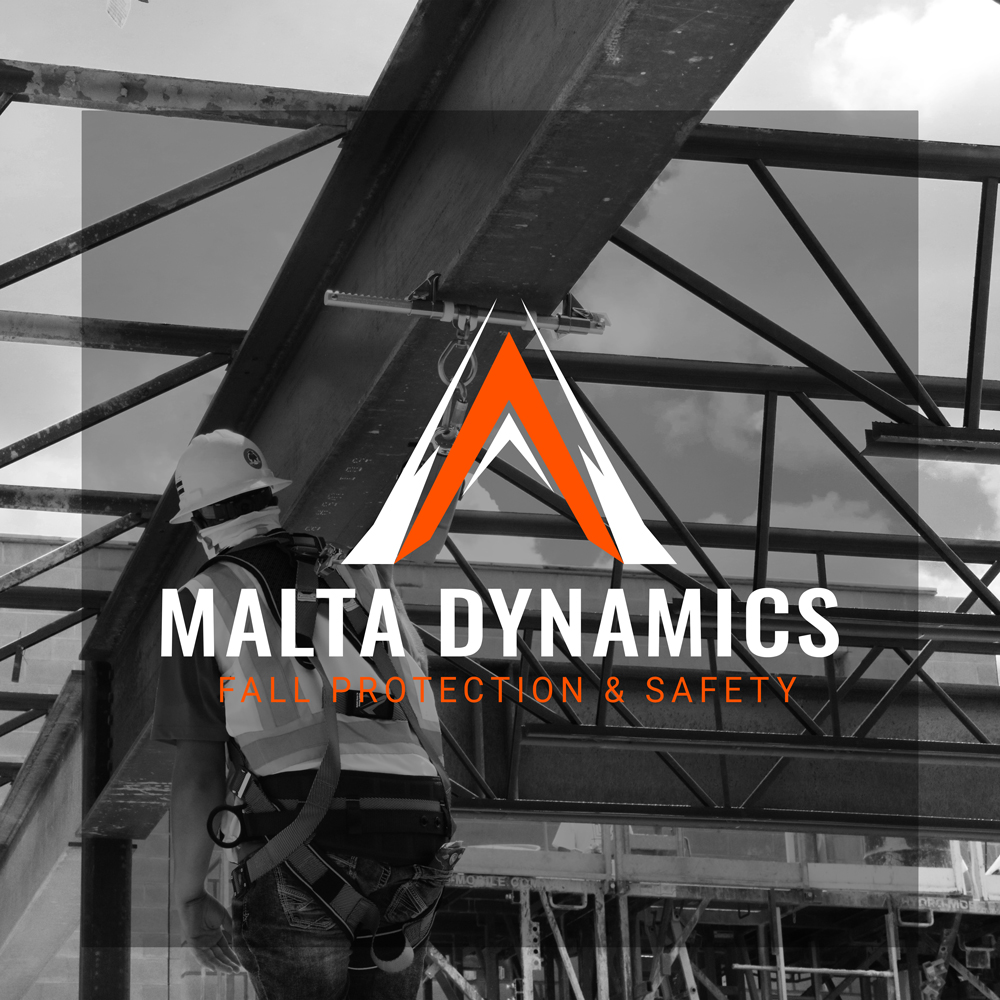Osha Requirements For Aircraft Hangars - Electrical cables and air pipes can litter aircraft hangars, causing tripping hazards. To minimize this, use overhead retractable reels whenever possible and cover the cords with tape or pieces of carpet. Establish safe lanes for clear movement and properly store personal tools, rolling boxes, work stands, maintenance stands, hoses, power cords, holders, crates and boxes.
Whenever electrical equipment is involved in a work area, there are certain safety hazards. To work safely with electricity, there are two essential elements: trained technicians and the use of appropriate safety equipment. According to the FAA, fear and overconfidence are the main causes of most electrical work accidents. Educating technicians on electrical principles and promoting proper respect for electrical work and damage minimize accidents. Workers should always use rubber gloves, safety glasses and floor mats when working with electricity.
Osha Requirements For Aircraft Hangars

Keeping areas around electrical work and electrical equipment clean, uncluttered and free of unnecessary flammable materials can greatly reduce the chance of a fire. The FAA recommends closely monitoring the condition of electrical equipment as well as repairing and replacing damaged equipment.
Aviation Safety Equipment & Solutions
There are many machines that MRO technicians work on that can cause injuries on the job; These include lathes, drill presses, grinders and other large machinery used to work on aircraft. The FAA requires these machines to be located in designated areas and to be used with appropriate safety equipment.
FOD can damage aircraft, personnel and equipment. To control FOD, the FAA needs to keep ramps and operating areas clean, adopt a tool control program, and provide convenient receptacles for used hardware, shop towels, and other consumables.
The FAA has many regulations and rules to keep aircraft hangars safe—here are some of the agency's safety tips for MRO facilities. Posted at 10:09 am in OSHA, OSHA Safety, OSHA Training, Safety, Safety Manual, Safety Talk, Safety Toolbox. Talks, Safety Toolbox Topics, Safety Topics, Tailgate Safety, Tailgate Safety Meetings, Toolbox Talks, Toolbox Talk Topics -Tools, Toolbox Talks, Toolbox Topics By eflanagan
Aircraft maintenance work includes the inspection and repair of aircraft structures, coatings and systems in hangars and airports. Good training and work practices ensure the safety of aircraft and crew.
Applied Flooring Gives Corporate Hangar An Aesthetic Concrete Makeover
High and heavy aircraft make it difficult to see people on the ground when maneuvering in a hangar or maintenance area. Be careful and communicate with the aircraft operator to avoid crush/crush accidents (shaking a tire or hitting a wing or tail). Never enter the ramp or flight path without permission from the airfield controller.
Work at a steady pace. The rush of your task increases the deviations and accidents of the planes. To avoid a fall, observe the ground lines on the plane. Well-lit work areas are safe. Watch for sharp leading edges such as wing tips and pointed antennas, controllers, and "clear before flight" flags that protrude from the aircraft. Bumps, bruises and cuts can result from bumping into hard, sharp surfaces or overhangs.
Stay within the painted danger lines and clear aircraft from "prop arcs". Contact with a propeller, rotor, or exposed rotating part can cause serious injury. Tie hair back to avoid tangling with moving parts and avoid loose clothing and jewelry. Do not rest your hands or feet near the engine inlets. Keep tools away and pick up debris near the machine. If an engine starts, you can be seriously injured or small objects can become projectiles.

Tall aircraft require ladders, platforms and scaffolding to reach work areas. Follow ladder safety guidelines. Use fall protection straps where necessary. Aircraft maintenance may require you to work in cramped quarters. Assess aircraft access areas and work tasks with limited progression and follow confined space procedures if necessary.
Southwest's Troubling Safety Report Demands Straight Talk To Public
Aircraft chemicals include lubricants, fuels, coating strips, paints and solvents. These can be concentrated and contain dangerous substances; Use material safety data sheets (MSDS). MSDSs describe how chemicals should be handled, proper storage and disposal, and personal protective equipment (PPE) needed for safe work. Do not smoke around aircraft maintenance areas where chemicals and fuel are being burned.
Manufacturing and repair work requires tools such as welding torches, drills, rivets or grinders. Keep your tools safe and follow safety procedures. When moving large and bulky aircraft parts and materials, use a support device or get help securing the lift. Use good ergonomic practices such as frequent 30-second micro-breaks and job task rotation to prevent fatigue and injury.
PPE varies by job function. Bump covers protect you from accidentally hitting an aircraft part. Hard hats protect you from falling objects. Depending on the job and material, safety glasses, face mask, and goggles protect your face and eyes. Covers and rubber gloves and boots protect your hands and feet from chemicals. Sturdy work gloves protect your hands from cuts and scrapes, and non-slip steel boot soles protect your feet and reduce the chance of falls. Wear adequate hearing protection (earplugs, muffs, etc.) to protect you from aircraft noise. A respirator may be required to control dust from grinding and sanding operations.
Aircraft hangars for lease, portable hangars for aircraft, aircraft hangars for sale uk, aircraft hangars for sale, small aircraft hangars for sale, aircraft hangars for sale south africa, portable aircraft hangars for sale, aircraft hangars for rent, aircraft lifts for hangars, osha requirements for msds sheets, osha requirements for stairs, used aircraft hangars for sale
0 Comments